Food production facilities operate multiple production lines, often with different types of machinery and processing conditions. Ensuring lubricant compatibility across all these systems is crucial for maintaining efficiency, preventing contamination, and complying with food safety regulations.
Why Lubricant Compatibility Matters
1. Cross-Contamination Risks
• In multi-line facilities, different lubricants may be used for various equipment types. Mixing incompatible lubricants can lead to chemical degradation, reducing their effectiveness and potentially contaminating food products.
2. Machinery Performance and Longevity
• Using incompatible lubricants can cause excessive wear, leading to costly equipment failures and downtime. Ensuring compatibility helps maintain machine efficiency and extends service life.
3. Regulatory Compliance
• Food-grade lubricants must adhere to strict standards, such as NSF, BRCGS and individual retailer audit requirements. Incompatible lubricants may lead to non-compliance, affecting audit results and overall food safety.
4. Operational Efficiency
• Standardising lubricants across multiple production lines simplifies inventory management and maintenance schedules, reducing operational complexity and costs.
Key Considerations for Lubricant Compatibility
1. Base Oil and Additive Compatibility
• Lubricants with different base oils (e.g., synthetic vs. mineral) may not mix well, leading to reduced lubrication efficiency.
• Incompatible additives can cause deposits, sludge build-up, or chemical instability.
2. Temperature and Environmental Conditions
• Lubricants must perform under the specific temperature and humidity conditions of each production line.
• Extreme temperatures or frequent washdowns can impact lubricant integrity and performance.
3. Application-Specific Requirements
• Some machinery, such as conveyors, mixers, and hydraulic systems, require specialised lubricants. Ensuring compatibility with the intended application prevents issues like excessive wear or contamination.
4. Transitioning to a Unified Lubrication Strategy
• Conducting a lubrication audit can help identify compatibility risks and standardisation opportunities.
• Working with a trusted lubrication supplier ensures that all products meet the facility’s operational needs and compliance requirements.
Best Practices for Ensuring Lubricant Compatibility
• Conduct a Lubrication Survey: Identify current lubricants used across production lines and assess their compatibility.
• Standardise Lubricants Where Possible: Reduce the number of different lubricants in use to minimise risks and streamline maintenance.
• Train Maintenance Teams: Educate staff on lubricant properties, mixing risks, and proper application methods.
• Monitor and Analyse Lubricants: Use oil analysis and condition monitoring to detect incompatibility issues before they cause major failures.
Conclusion
Lubricant compatibility is essential for ensuring safe, efficient, and compliant operations in multi-line food production facilities. By implementing best practices and working with an expert lubrication partner, manufacturers can prevent contamination risks, reduce downtime, and optimise overall equipment performance.
For tailored lubricant solutions and expert guidance, contact Activate Lubricants today.









